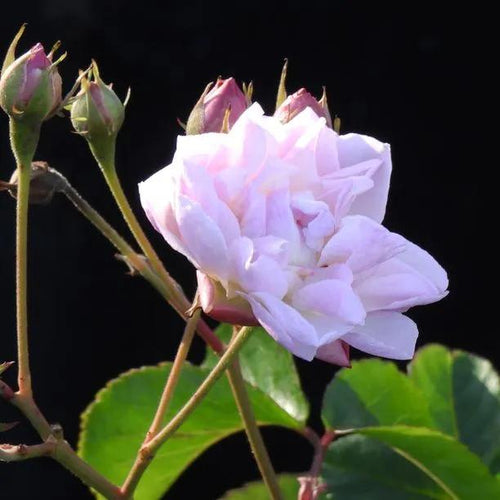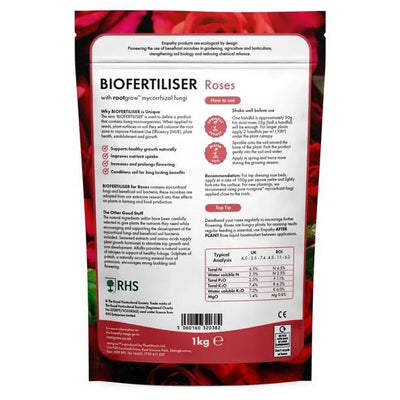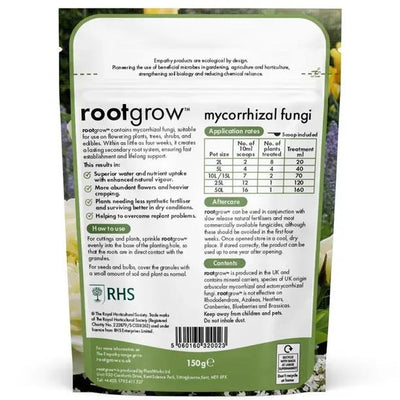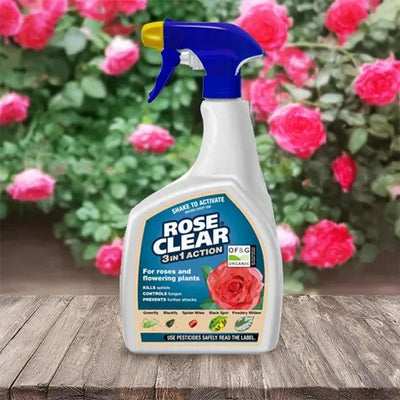Blush Noisette Rose Bushes
Blush Noisette roses are gorgeous free flowering and versatile roses that can be grown as a tall free-standing shrub or trained to climb against a wall as a medium sized climber.
The petite frilly semi-double flowers are pale cream blushed with lilac and open fully to reveal golden stamens within. These are displayed beautifully against abundant healthy, deep green foliage.
The sumptuous clove scent of Blush Noisette makes it an excellent choice for training over an arch or against a wall where the scent can drift through open windows all summer long. Browse our other beautifully scented climbing roses.
Great for your garden
Rosa Blush Noisette loves a nice sunny spot with rich moist soil but tolerates a small amount of shade. It can be grown in the back of the border as a tall but bushy shrub rose and makes an attractive foil to other plants. It also makes a fantastic climber that can be trained over archways, trellises and pillars, or on wires over doors and windows. Blush Noisette roses flower repeatedly right through the summer and into autumn when it's covered with dense clusters of lovely blooms on branches with lush foliage but few thorns.
Blush Noisette Facts
Type: Climber or shrub
Colour: Lilac-pink
Flower shape: Semi-double cup
Fragrance strength: Medium
Final height and spread: 8ft
Flowering season: Summer
Repeat Flowering: Very good
Disease resistance: High

 Secure, One-Tap Checkout
Secure, One-Tap Checkout
 Hand Picked, Delivered to Your Door!
Hand Picked, Delivered to Your Door! 1 Year Bareroot Guarantee
1 Year Bareroot Guarantee





